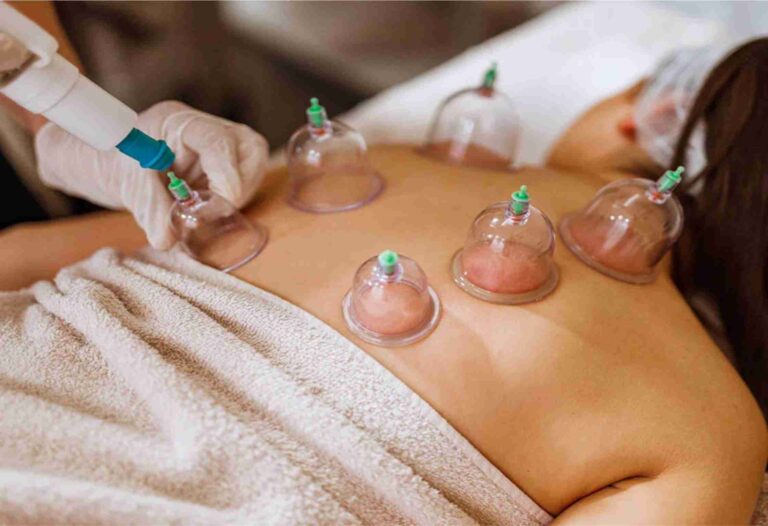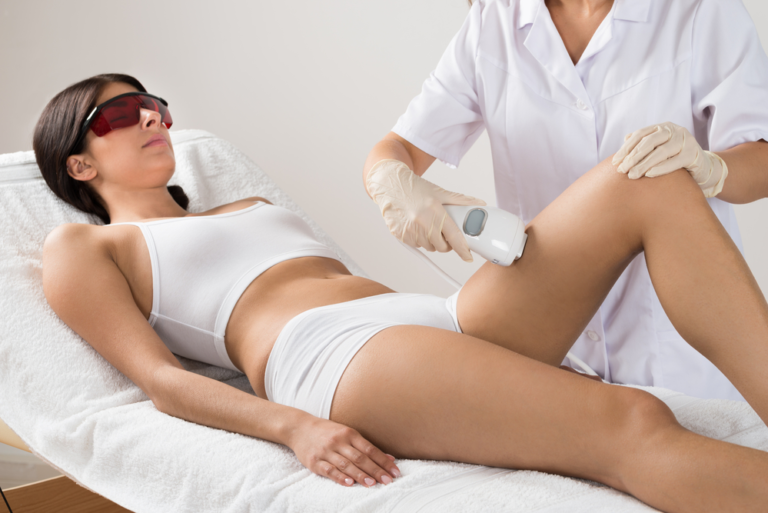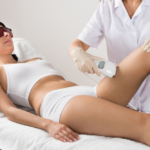Introduction:
Keloids are a dermatological condition characterized by the overgrowth of scar tissue at the site of a wound or injury. While scars are a natural part of the healing process, keloids extend beyond the original area of injury and can cause discomfort and self-consciousness for those affected. In this blog, we’ll delve into the causes, treatment options, and prevention strategies for keloids to help you better understand and manage this condition.
What Are Keloids?
Keloids are benign growths of fibrous tissue that form when the body produces an excess of collagen during the healing process. Unlike typical scars, which gradually fade over time, keloids can continue to grow larger and more prominent. They often appear raised, shiny, and red or purple in color, and may be accompanied by itching, pain, or tenderness.
Several factors contribute to the development of keloids, including:
1. Genetics: Individuals with a family history of keloids are more predisposed to developing them.
2. Skin Type: People with darker skin tones are at a higher risk of keloid formation.
3. Injury Type: Keloids can arise from various types of skin trauma, including surgical incisions, acne scars, burns, piercings, and even minor scratches or cuts.
The symptoms of keloids may include:
- Raised, thickened scar tissue
- Itching or tenderness
- Discomfort or pain
- Red or purple coloration
- Restricted movement if the keloid forms over a joint
While keloids are typically harmless, they can cause emotional distress and impact a person’s quality of life. In some cases, large keloids may interfere with movement or become infected.
Treatment for keloids depends on the size, location, and severity of the scars. Common treatment options include:
- Corticosteroid Injections: Injecting corticosteroids directly into the keloid can help reduce inflammation and shrink the scar tissue.
- Cryotherapy: Freezing the keloid with liquid nitrogen can help flatten and shrink the scar.
- Laser Therapy: Laser treatments can help reduce redness and flatten the keloid by targeting blood vessels and scar tissue.
- Surgical Removal: Surgical excision may be considered for large or persistent keloids, but there is a risk of recurrence and potential worsening of the scar.
- Silicone Gel or Sheets: Applying silicone gel or sheets to the keloid can help soften and flatten the scar over time.
While keloids cannot always be prevented, there are steps you can take to reduce your risk:
- Avoid unnecessary skin trauma.
- Practice proper wound care to promote optimal healing.
- Use pressure garments or silicone sheets after surgery to minimize scar formation.
- Seek prompt treatment for any wounds or injuries to prevent keloid formation.
Conclusion:
Keloids can be a challenging condition to manage, but with the right treatment approach and preventive measures, it is possible to minimize their impact on your life. If you’re struggling with keloid scars, consult a dermatologist or healthcare professional for personalized advice and treatment options. Remember, you’re not alone, and there are resources and support available to help you navigate this journey towards healthier, happier skin.
DISCOVER OUR NEW-AGE SKIN CLINIC
Step into Resurgence Wellbeing
state-of-the-art treatments, conducted by expert dermatologists. Book your consultation today.
DISCOVER OUR NEW-AGE SKIN CLINIC













